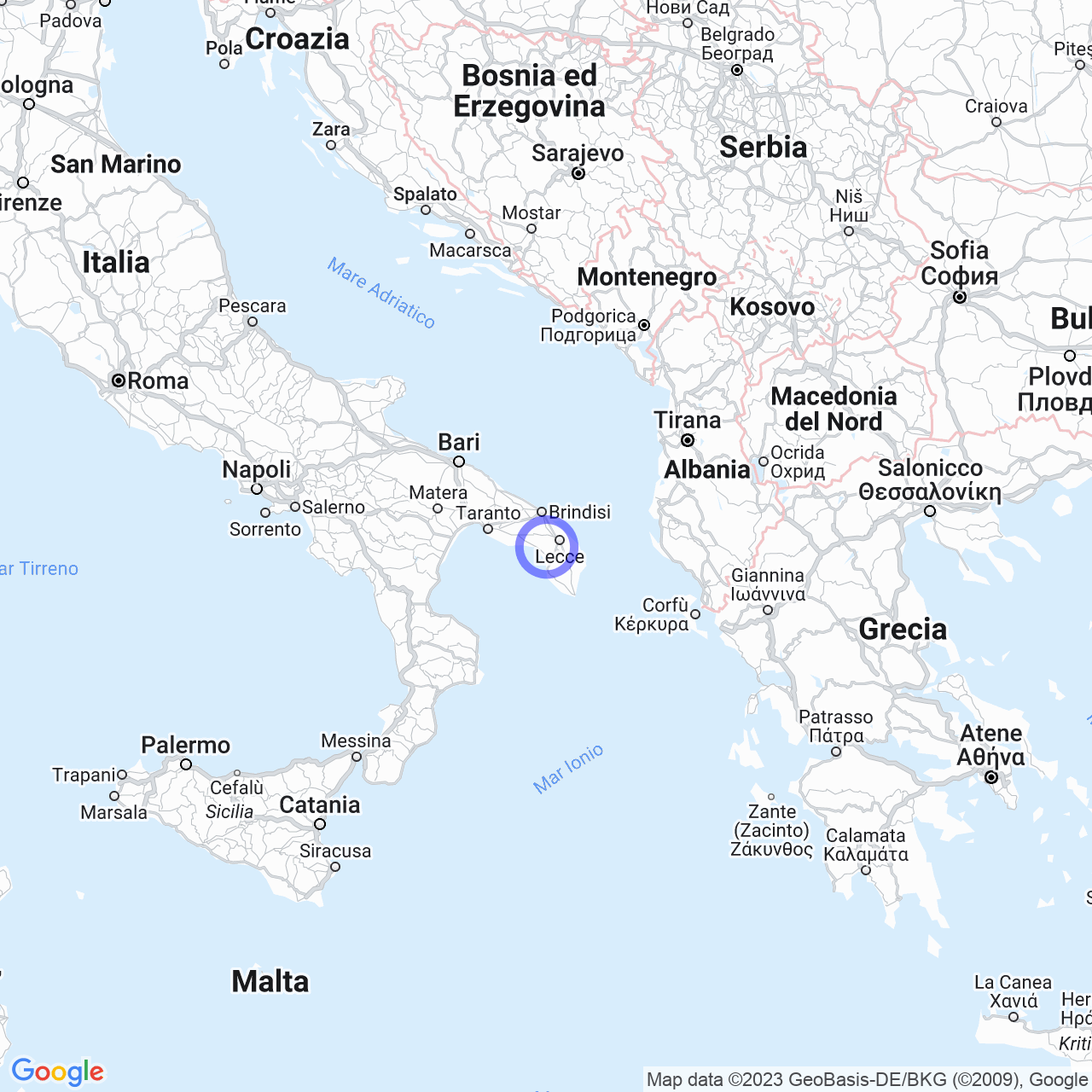Leverano
Leverano: discover the Salento atmosphere
Hello everyone! Today I want to talk to you about Leverano, a beautiful town in the province of Lecce, in the heart of the wonderful Terra d'Arneo. With its 13,695 inhabitants, Leverano is a calm and welcoming town, which deserves to be discovered thanks to its interesting history, the Mediterranean climate that characterizes it, and above all, the beauty of its territory.
Physical geography

Territory
Let's start with this aspect: the territory of Leverano extends over an area of almost 49 square kilometers, with an almost uniform orographic profile ranging from 34 to 77 meters above sea level. The area is part of Terra d'Arneo, an area of the Salento peninsula between San Pietro in Bevagna and Torre dell'Inserraglio, named after an ancient farmstead. The landscape of Leverano is characterized by an almost uniform plain, interrupted by the presence of numerous farms, some of which are fortified.
Climate
From a climatic point of view, Leverano enjoys the typical Mediterranean climate, with hot and dry summers, and cool and windy winters. Rain falls mainly in autumn and winter. Thanks to its mild climate, Leverano is an ideal destination for a visit in any season of the year.
History
But why is Leverano called that? According to some theories, the name of the town derives from the term "Liberanium", which has evolved into Leverano, and refers to the wet and swampy areas of the area before the fascist reclamation. Other hypotheses, instead, attribute the origin of the name to a Roman property (Liberianum) related to the name Liberius.
The history of Leverano begins as a camp of refugees from the farms of Sant'Angelo and Torricella, destroyed by the Goths in 540 AD. In the ninth century, the town was cancelled by Saracen attacks, but was then rebuilt and strengthened by the Normans, who implanted a modest wooden tower. In 1220, Frederick II of Swabia rebuilt it in stone. In the thirteenth century, Leverano joined the County of Copertino, together with the territories of Galatone and Veglie. In the fourteenth century, it became a fief of Bilotta and De Bugiaco, passing then to the Orsini del Balzo, the Federico d'Aragona, the Castriota Granai, the Francina Villant, the del Tufo, the Pinelli, and finally the Pignatelli di Belmonte, who held the fief until 1806, when Joseph Bonaparte put an end to feudalism.
Culture and traditions
But Leverano is not just history: the town also preserves a rich culture and numerous traditions. Not to be missed are the famous wineries, which produce fine wines thanks to the climate and soil favorable to the vine. In addition, the town of Leverano is known for the celebration of San Martino, the patron saint of the village, which takes place every year in November, during which numerous activities and events are held culminating in the traditional fair.
Activities and economy
As I have already mentioned, the economy of Leverano is mainly based on agricultural and floriculture activities. The territory is particularly fertile thanks to alluvial soils, which make it perfect for cultivating olives, vegetables, cereals, and citrus fruits. But not only that: Leverano is also an important center of wine production, which attracts numerous tourists from all over the world.
Places to visit
Finally, some suggestions on places to visit in Leverano. Starting from the historic center, you can admire the Civic Tower, which is 28 meters high. It is a square tower, built in stone in 1220 by Frederick II of Swabia, which overlooks a very suggestive tree-lined square. In addition, a few kilometers from the town center, you can admire the beautiful beaches of Torre Lapillo and Porto Cesareo, which attract numerous tourists every year thanks to their crystal-clear waters and white and fine sand.
In short, Leverano is a small jewel of Puglia that deserves to be discovered. If you decide to visit it, you will not regret it!
